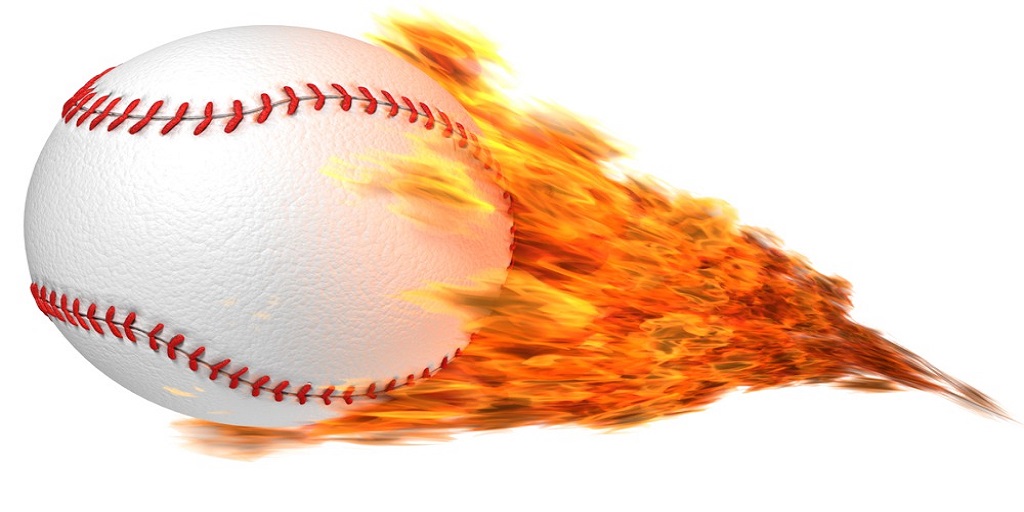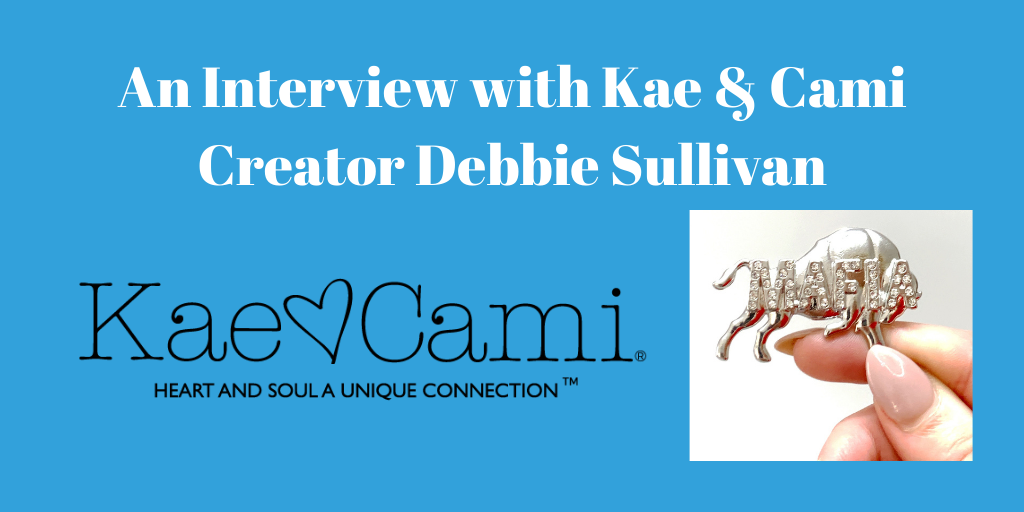Recently I wrote a blog post regarding the alleged infringement of the trademark. Now the national drugstore chain Walgreens believes that the Wegmans logo looks too much like the Walgreens registered trademark (.PDF).
So they have opposed Wegmans new trademark registration application (.PDF) and filed a federal lawsuit claiming infringement.
Take a look at the two trademarks. Do you think they are confusingly similar? Would you think that one company has anything to do with the other simply based on the font of the mark or “trade dress“?
What about just the W? Why does it look like the Washington Nationals logo? Check out the W on the cap and compare that to the Walgreens registered trademark (.PDF) for the letter W.
Walgreens filed a trademark infringement lawsuit (complaint .PDF) at a federal court in Virginia against Wegmans, a western New York based supermarket chain, claiming unfair competition/ false designation of origin in connection with Walgreens’ U.S. Trademark Registration; trade dress infringement; dilution of Plaintiffs distinctive marks and unfair competition under the common law.
On the same day Walgreens filed in the United States Patent and Trademark Office before the Trademark Trial And Appeal Board a “Notice of Opposition (.PDF)” to the registration of the Wegmans trademark Application Serial No.85/037,348 for the mark WEGMANS.
Because both companies use a similar script in their logos, Walgreen Co. says in the complaint that the marks are confusingly similar and consumers could be misled into thinking the companies are connected.
I thought you just might find this information interesting, the complaint also alleges that both parties used the same Toronto design company, Watt International Inc. See paragraphs 15 and 20 in the complaint (.PDF).
It must be pretty uncomfortable between the Toronto design company and the law suit parties right about now. I wonder if they’re using that design firm anymore? And if it is true why isn’t the Toronto design company part of the lawsuit?
Wegmans spokeswoman Jeanne Colleluori told the Democrat and Chronicle of Rochester that the company also didn’t think there was any possibility consumers could be confused.
While Walgreens says its “flying W” deserves trademark protection because it has been in use since 1951. But Rochester-based Wegmans said the scripted “W” it adopted in 2008 is actually a copy of logos used by the supermarket in the 1930s.
You might be wondering what happens when an opposition and a lawsuit are pending at the same time? I spoke to Buffalo trademark attorney Anne Downey of the law firm Downey and Downey and she conjectured that most likely the opposition would be suspended until the civil lawsuit was settled. And she cited the TTAB Manual Of Procedure (TBMP) [.PDF] section 510.02,
Suspension Pending Outcome of Another Proceeding “…To the extent that a civil action in a Federal district court involves issues in common with those in a proceeding before the Board, the decision of the Federal district court is often binding upon the Board, while the decision of the Board is not binding upon the court.”
It’s not uncommon to file an opposition before the Board rather than filing a lawsuit because the parties can resolve their issues in a less costly manner than a federal lawsuit. David Robinson of the Buffalo News reported that Wegmans spokeswoman Jeanne Colleluori said,”We were surprised to learn of this lawsuit, since Walgreens did not contact us with any concerns prior to filing it.”
Any entity that thinks it will be harmed by registration of the mark has thirty days from the day the mark is published in the Trademark Official Gazette to file an opposition. The opposition may be filed with the Board and a complaint, including a request that the mark not be registered, may also be filed with a U.S. District Court, especially if issues other than registrability such as infringement are alleged.
Any person who believes that he or she would be damaged by the registration of a mark on the Principal Register may oppose registration by filing a notice of opposition with the Board, and paying the required fee, within thirty days after the date of publication. 15 U.S.C. §1063
An opposition proceeding is similar to a court proceeding in many respects except that:
- the Opposition is filed with the administrative tribunal of the USPTO: Trademark Trial And Appeal Board;
- the Opposition is less expensive;
- the Opposition is based on a written record; and
- jurisdiction is limited to the issue of registrability (no damages).








